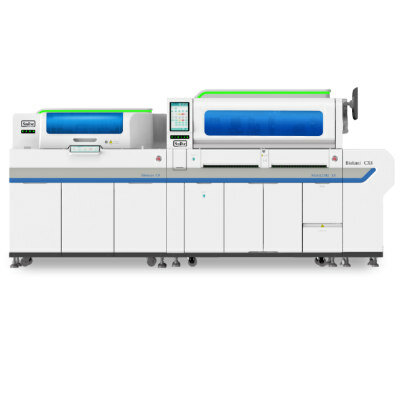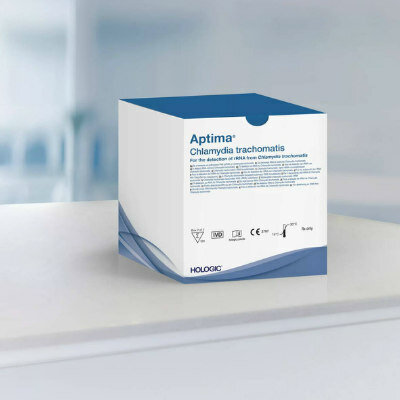European-Funded Research Project Seeks Molecular Basis for Chronic Pain
By LabMedica International staff writers
Posted on 26 Nov 2013
A consortium of research institutions and medical centers will be participating in a four-year program funded by the European commission that aims at exploring and defining molecular mechanisms underlying chronic pain.Posted on 26 Nov 2013
One out of five Europeans suffers from chronic pain, a syndrome that can induce anxiety and depression and greatly impair the quality of life. It has been estimated that treatment of chronic pain costs the European national health systems up 1.5%–3% of their gross domestic product (GDP) each year.
The recently announced six million euro "ncRNAPain" project will be a cooperative effort of 11 universities, medical centers, and research institutes in seven countries (Austria, the Czech Republic, Denmark, France, Germany, Israel, and the United Kingdom.
The researchers, including those at the Hebrew University of Jerusalem (Israel), will focus on pain-regulating noncoding ribonucleic acids (ncRNAs). They will be seeking to identify and validate specific ncRNAs that could serve as basis for the development of new drugs for pain prevention and relief.
Dr. Hermona Soreq, professor of molecular neuroscience at The Hebrew University of Jerusalem, said, “MicroRNAs (a form of ncRNAs) are a new finding. They are only known for less than 20 years, but it is already clear that they have an important surveillance job, controlling many genes. They do that by wrapping around gene products, the RNA, and reducing their option to get translated into proteins. Furthermore, they block an entire series of genes, all involved in a pathway, so they work like general dimmers of electricity, so to speak, not blackening out but shadowing. We know about many hundreds of microRNAs, and a large part of those are unique to humans (so mouse tests will not be useful).”
“The new group is about microRNAs involved in pain—an important phenomenon which is often regarded as a symptom, whereas it should be taken more seriously as a phenomenon on its own merit and treated as such. This is especially the case in advanced ages, which also implies that its impact will increase with life expectancy prolongation,” said Dr. Soreq. “What we want to do is to combine sequencing tests in human blood cells with efforts to block excess microRNAs. There are many partners involved, including pain clinician specialists, but also basic researchers. We hope to gain new diagnostic biomarkers and find new targets for therapeutic interference.”
Related Links:
The Hebrew University of Jerusalem














